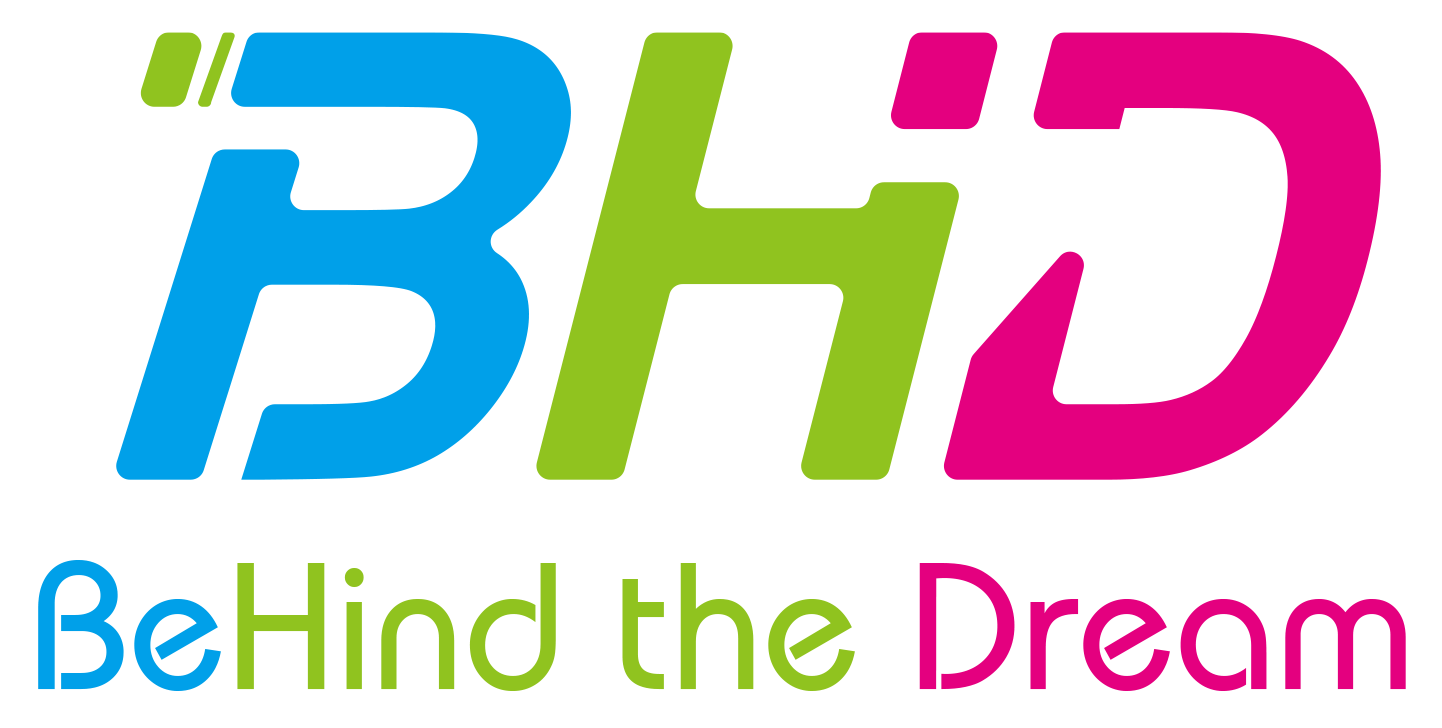What is a Lightning Cable: A Comprehensive Overview
A Lightning cable is used to connect Apple mobile devices, such as iPhones, iPads, and iPods, to power sources, computers, or other accessories. One end of the cable features a Lightning connector that fits into the charging port of Apple devices.
Lightning cables can charge Apple devices, sync data between the device and a computer or Mac, and connect accessories like headphones or speakers. In today's tech landscape, they have become very common.
What is a Lightning Cable?
The name "Lightning cable" comes from the Lightning connector on one end. This proprietary connector was introduced by Apple in 2012, when they transitioned from the older 30-pin connector to the new 8-pin Lightning connector.
The Apple Lightning cable is reversible, meaning it can be inserted into the charging port in any direction. It uses a small Lightning chip to dynamically assign the functions of the pins within the connector, offering great flexibility. This is how the Lightning connector works.
What are the Functions of a Lightning Cable?
-
Charging: It connects Apple devices to power adapters and chargers to recharge the battery.
-
Syncing and Data Transfer: It facilitates the synchronization of photos, videos, music, and files between Apple devices and computers.
-
Connectivity: It allows Apple devices to connect to other electronic devices, such as speakers, headphones, and game controllers, through the Lightning port.
-
Wired Remote Functionality: Using a Lightning to USB Camera Adapter, it can connect USB peripherals like instruments, microphones, or external storage devices.
Variants and Types of Lightning Cables
-
One end of the USB to Lightning cable has a Lightning connector, and the other end has a USB-A connector.
-
Commonly used for charging and data transfer between Apple devices and computers or standard USB chargers.
-
One end has a Lightning connector, and the other end has a USB-C connector.
-
Supports faster charging and higher data transfer rates, especially with USB-C Power Delivery (PD) chargers.
-
Compatible with newer MacBooks, iPads, and other devices that use USB-C ports.
-
Features a detachable magnetic Lightning connector that attaches to the cable via a magnetic connection.
-
Provides a convenient and quick way to connect and disconnect the cable, reducing wear and tear on the device’s port.
-
Often includes multiple magnetic tips for compatibility with different devices.
-
Designed with an angled (usually 90 degrees) Lightning connector.
-
Reduces strain on the cable and device port, especially when used in tight spaces or while gaming.
-
Often used to provide a more ergonomic connection in various usage scenarios.
-
Combines multiple connectors in one cable, typically including Lightning, USB-C, and Micro-USB.
-
Versatile and convenient for users with multiple devices that require different connectors.
-
Allows charging and data transfer for a variety of devices without needing separate cables.
-
Similar to the 3-in-1 cable but includes additional connectors, often covering Lightning, USB-C, Micro-USB, Mini-USB, and USB-A.
-
Highly versatile, catering to a wide range of devices and connectivity needs.
-
Ideal for users who want a single cable solution for multiple devices and purposes.
Differences Between Lightning Cables and Other Cables
Here are the main differences between iPhone Lightning cables and other types of cables:
Lightning Cable vs. Micro USB Cable-
Reversibility: The Lightning to USB connector can be inserted in either direction, while Micro USB needs to be oriented correctly.
-
Durability: The Lightning connector has a raised part that can withstand frequent plugging and unplugging. Micro USB cables tend to be more prone to damage over time.
-
Speed: Lightning supports USB 2.0 speeds, whereas Micro USB cables support USB 3.0 speeds.
-
Reversibility: Both Lightning and USB-C connectors are reversible and symmetrical.
-
Power Output: USB-C cable supports higher power output than Lightning.
-
Compatibility: Lightning is proprietary to Apple, while USB-C can connect to nearly any device.
Advantages and Disadvantages of Lightning Cables
Now that we understand what a Lightning cable and connector are, let's look at its pros and cons:
Advantages
-
Compact Reversible Design: Easy to use and reduces wear and tear.
-
Wired Connectivity: Supports connection with various accessories.
-
Data Synchronization: Facilitates data sync between devices.
-
MFi Certification: Ensures safety and reliability.
Disadvantages
-
Proprietary: Only compatible with Apple devices.
-
Slower Speed: Slower than USB 3.0 or USB-C cables.
-
Durability Issues: Susceptible to wear and cable damage.
-
Lacks Fast Charging: Does not offer the fast charging capabilities of USB-C.
Currently, Apple has replaced Lightning with Type C to Lightning cable in iPhone 15 charging cable and up models for faster charging and connectivity. However, Lightning charging cable is still the standard charging port on most Apple mobile devices.
Conclusion
Lightning cables are Apple’s proprietary connector interface designed for connecting, powering, and communicating with iPhones, iPads, and accessories. With its reversible design and dynamic pin allocation, it provides simple and convenient connectivity for Apple’s mobile ecosystem.
Although new standards like USB C Lightning cable offers faster speeds, Lightning remains the primary wired connection standard for most Apple portable devices. Carefully selecting the right type of iPhone Lightning cables and diligent maintenance is key to extracting the best value from Apple's compact and versatile connector solution.
At BHD China, we offer a wide range of top rated iPhone Lightning cables and other mobile accessories to meet all your needs. Visit our website to browse our products and find the perfect accessories for your Apple devices. Click here to explore our collection now!







